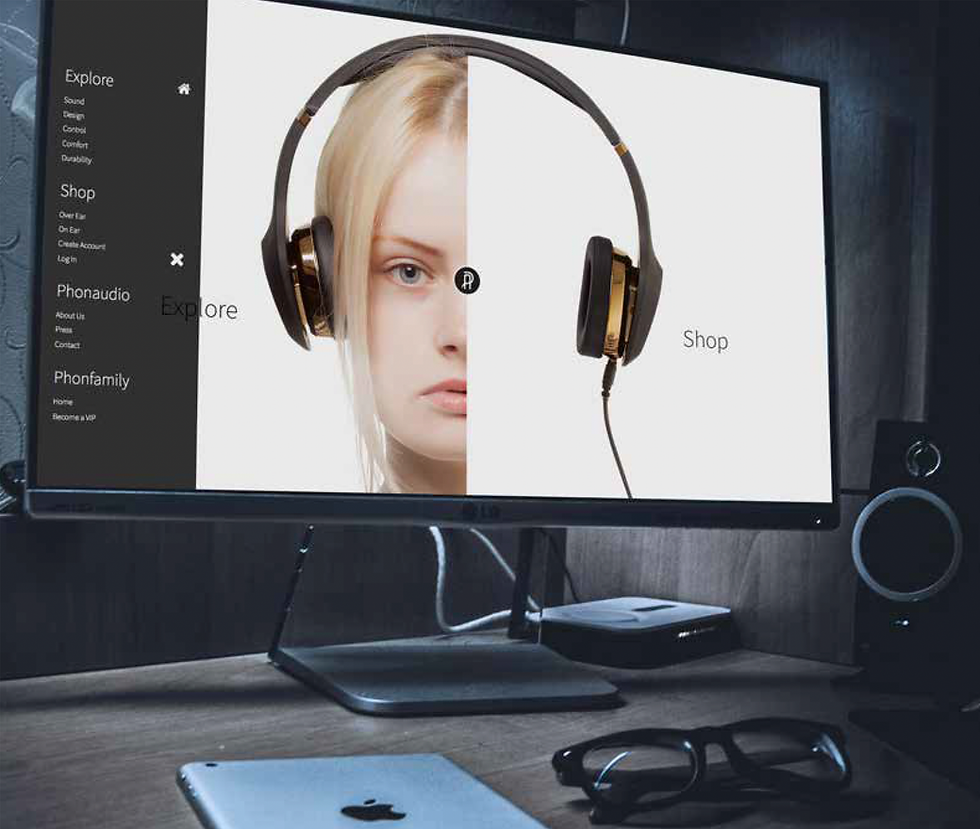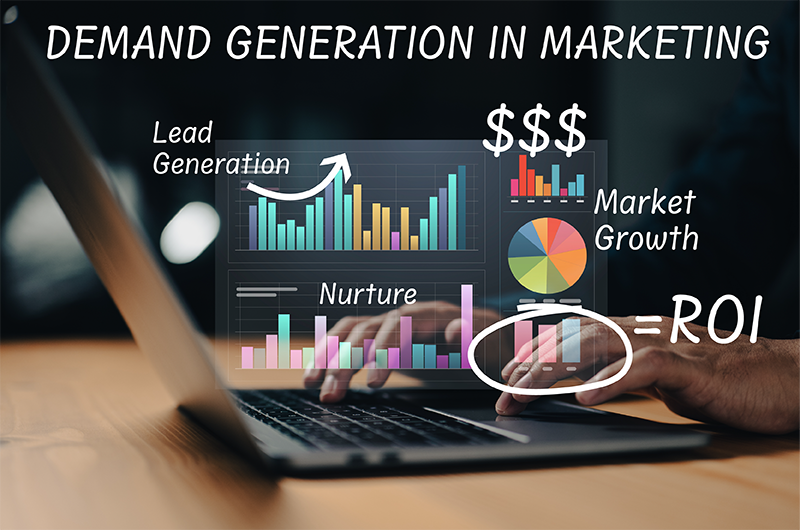AI-Powered Design: Transforming Branding and User Experience (UX)
- Diane Dawkins

- Mar 21
- 4 min read
To be successful brands must stay ahead of the competition, both direct and indirect and embracing innovation and one of the most significant advancements in recent years is the use of Artificial Intelligence (AI) in design. AI-powered tools are transforming branding and user experience (UX), enabling businesses to create more personalised, efficient, and engaging digital experiences.
From logo creation and website design to automated UX testing and data-driven personalisation, AI is reshaping the way designers approach creativity and problem-solving. In this article, we explore how AI-driven design enhances branding and UX, and why businesses should leverage these technologies to stay competitive.

AI in Branding: Consistency, Speed, and Personalisation
AI-optimised websites are designed to maximise conversions by ensuring a seamless, user-friendly experience. For startups, a website often serves as the first point of contact with potential customers, making it crucial that it is visually compelling, fast-loading, and easy to navigate. AI-powered web design tools like Wix ADI, Webflow, and Figma AI automate the design process by generating layouts that align with a brand’s identity, optimising page elements to enhance conversion rates, and ensuring responsiveness across both mobile and desktop devices. By integrating AI into website development, startups can significantly reduce the time required to launch a fully functional, high-performing website, enabling them to establish a strong online presence and enter the market faster.
AI in UX: Improving User Interactions and Efficiency
AI is revolutionising User Experience (UX) design by automating, optimising, and personalising digital experiences. AI-powered UX tools are making interfaces more intuitive, accessible, and user-friendly than ever before, helping businesses deliver seamless online interactions.
Traditional UX research has always required extensive user testing and manual analysis, which can be time-consuming and resource-intensive. AI now automates these processes, making UX research and optimisation faster and more efficient. AI-powered heatmaps, for instance, allow businesses to track where users click, scroll, or drop off, providing valuable insights into user behaviour. Automated A/B testing takes this a step further by running multiple design variations and selecting the highest-performing option, removing guesswork from the design process. Additionally, predictive user behaviour analysis can anticipate user frustrations and potential drop-off points before they happen, enabling businesses to proactively improve their UX strategies. By leveraging these AI-driven insights, businesses can refine their digital experiences faster, leading to improved engagement and higher conversion rates.
Conversational AI and chatbots are redefining how businesses support and interact with customers. Instead of waiting for human agents, users can get instant responses through AI chatbots and virtual assistants, which provide real-time support using natural language processing (NLP). These AI-driven tools also offer personalised recommendations by analysing user behaviour and suggesting relevant products, services, or content. Moreover, voice and gesture interfaces powered by AI enhance accessibility, making interactions smoother and more efficient for users of all abilities. By integrating AI chatbots into their websites and apps, businesses streamline customer support, enhance user engagement, and reduce friction in the customer journey.
AI is also transforming UX design and prototyping by enabling designers to generate wireframes, layouts, and prototypes automatically. Advanced tools such as Adobe Sensei, Figma AI, and Sketch2React accelerate the design process by suggesting optimal UI layouts, generating interactive prototypes without manual coding, and optimising designs for responsiveness across different devices. These AI-driven enhancements reduce manual effort and help businesses create high-quality, user-friendly interfaces faster. By incorporating AI into UX design, businesses can develop digital experiences that are smarter, more engaging, and tailored to individual user needs.
The Future of AI-Powered Design: What’s Next?
AI in design is still evolving, and the future holds exciting advancements that will revolutionise the way businesses approach branding and user experience. One major development is AI-generated video and motion graphics, which will enable brands to create personalised, real-time video content tailored to specific audiences. This advancement will streamline content creation, allowing businesses to produce dynamic visual assets faster and more efficiently.
Another key innovation is the use of neural networks for hyper-personalisation. AI will be able to design unique, customised experiences for every individual user, adapting website interfaces, marketing content, and product recommendations based on real-time behaviour and preferences. This level of personalisation will significantly enhance customer engagement and brand loyalty, providing users with seamless, relevant experiences.
AI-powered augmented reality (AR) experiences will also reshape industries such as e-commerce, real estate, and digital marketing. By integrating AR with AI, businesses will be able to offer interactive and immersive experiences, allowing customers to visualise products in real-world settings before making a purchase. This will not only boost engagement but also increase conversion rates by reducing uncertainty in the buying process.
As AI continues to advance, businesses that embrace AI-powered branding and UX will position themselves at the forefront of customer engagement, conversion, and digital innovation. By leveraging these emerging technologies, companies can create more intuitive, personalised, and visually compelling brand experiences, ensuring they stay ahead in an increasingly competitive market.
Final Thoughts: Should Your Business Invest in AI-Powered Design?
If you want to create a strong brand presence, enhance user experience, and streamline design processes, integrating AI into your marketing strategy is the next step. AI-powered design tools are transforming the way businesses approach branding and digital experiences, offering faster and more efficient content creation, allowing brands to develop high-quality visuals, logos, and marketing assets in significantly less time.
Beyond speed, AI-driven design provides smarter, data-driven insights that help businesses make more informed creative decisions. By analysing trends, customer interactions, and engagement metrics, AI can suggest the most effective design elements, layouts, and branding choices to maximise impact.
AI also enables hyper-personalised user experiences, adapting content, visuals, and digital interactions based on individual user behaviour. Whether it's dynamic website layouts, AI-powered chatbots, or personalised product recommendations, businesses can create tailored digital experiences that resonate with their audience.
Ultimately, AI-driven design leads to higher engagement and conversion rates, ensuring that businesses not only attract attention but also turn visitors into loyal customers.
At Mardian Marketing, we specialise in AI-powered branding, UX, and automation, helping businesses build cutting-edge digital experiences that drive growth and success.
Written by: Diane Dawkins, MA DipM MCIM

Diane is a seasoned marketing professional with a wealth of experience in marketing communications and digital marketing. With a Master's degree in Marketing Management and over 20 years of industry experience, Diane has worked with Fortune 100 companies and well-known B2B and OEM businesses.





Comments